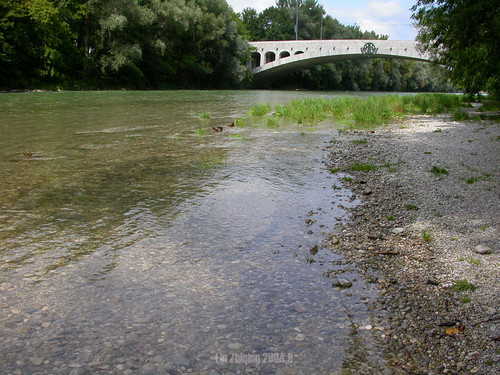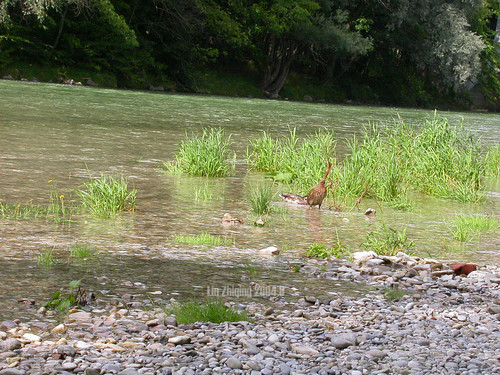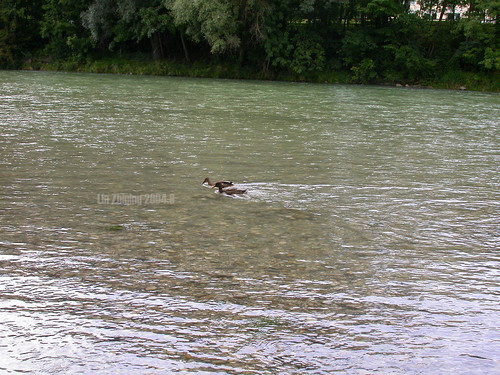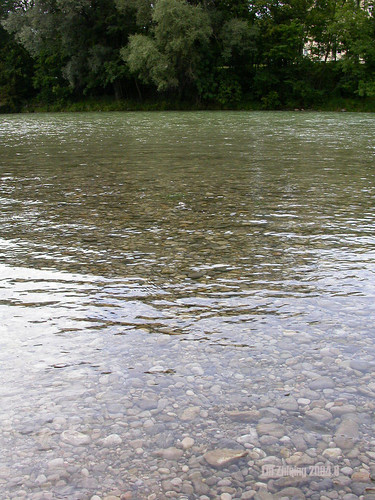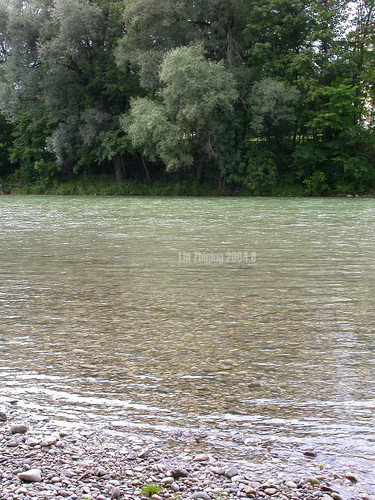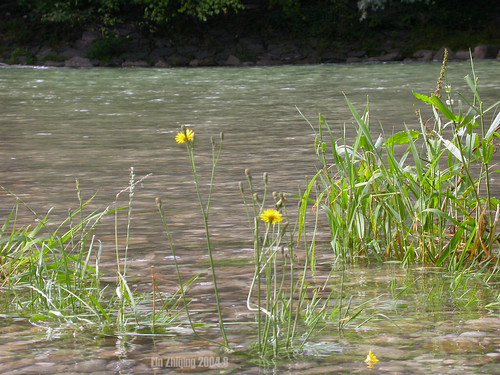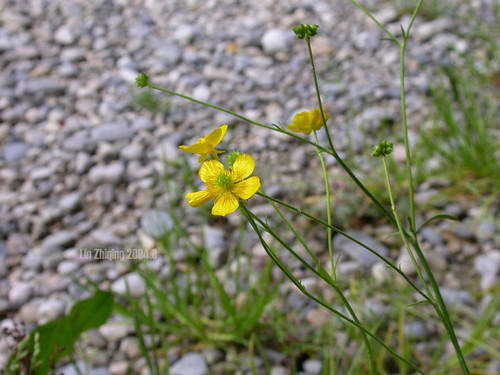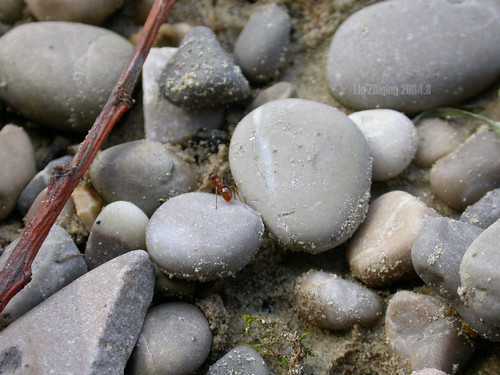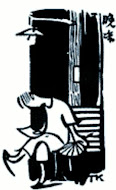到处玩的事情全砍掉。嗯,可以在家清书堆了,还有成堆的文档可以学习,认真研究吃饭赚钱的把式。

这天目标非常明确,我们一整天都想着晚上的一顿美食,基本没干啥。黄昏坐车去到石浦,想想不能这么直奔主题,心猿意马爬到海岸围墙上掐了几张,管它拍啥,满脑子都是吃的。
Shi Pu is the famous fishing port in Ningbo, Zhejiang province. In the dusk, we arrived there for seafood.
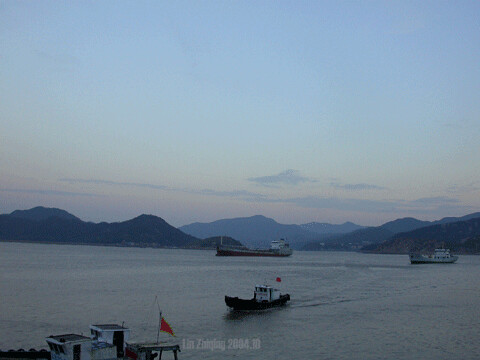
街上还有‘开渔节’的横幅,当地很重要的日子,刚过去不久,海湾里渔船在夜幕里归来
The sea is just open after no fishing season. Fishing boats return back to the bay.

海岸边乱哄哄的工地
Construction field beside sealine.
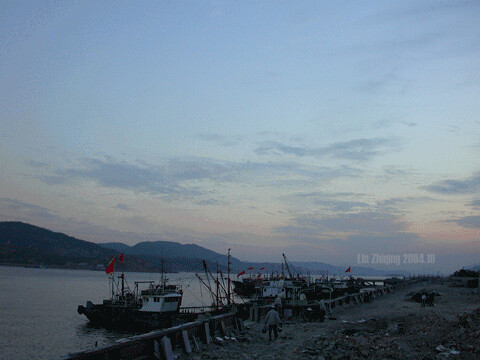
海岸和乱石场间走过的老师傅,这里的生活就是这个样子的
Walking between sea and mass.
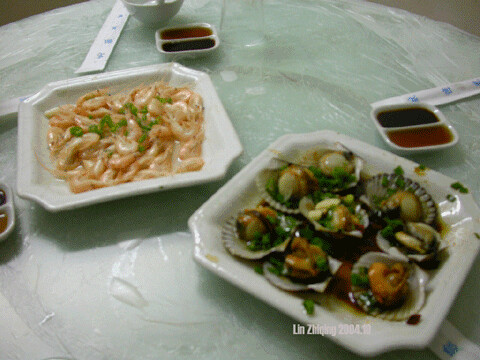
然后就开吃啦, 梅酒,白虾,贝壳
Plum wine, shrimp and shells
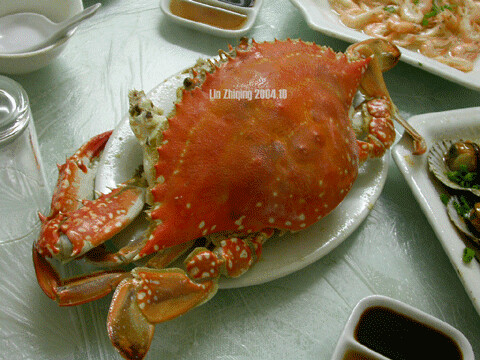
大白蟹
Crab
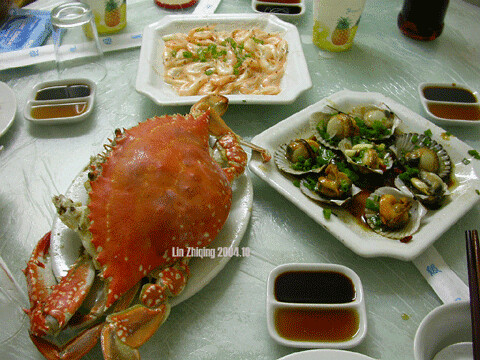
动手之前来个合影,桌子真干净,后来一片狼藉
neat table before mass up
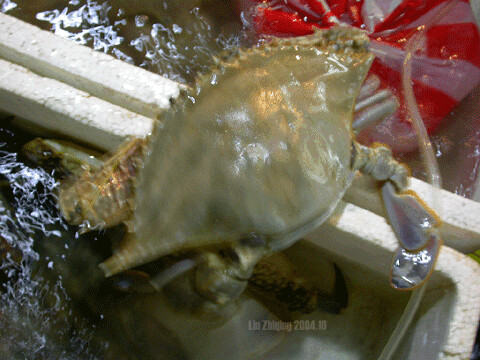
海鲜都到水箱里选,走之前把它们都拍了一下,店里的小姑娘以为咱是记者,可高兴了。这个大白蟹跑得欢
Seafood is picked from the water can. The crab running.
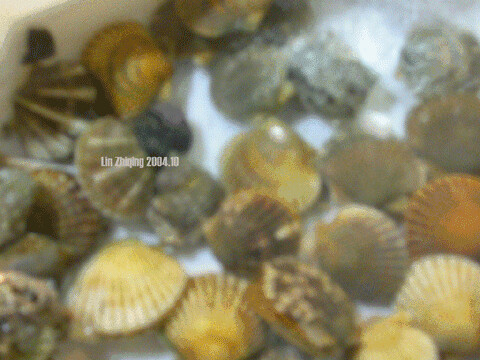
贝壳养在水里
Shells in water
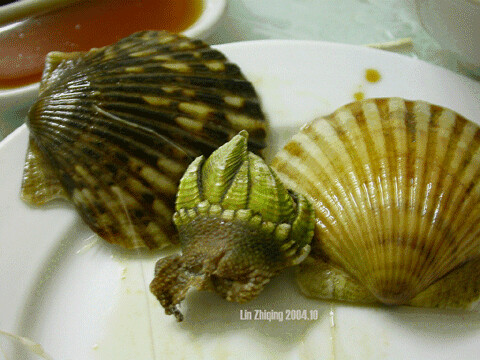
贝壳吃完了,中间是个佛手,长在岩石上,很难采,在嵊泗的岩石上见过,掰不下来
The middle is a sea animal living on sea rocks
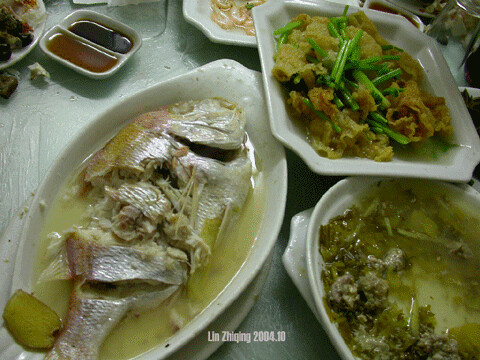
粉红的海鲫鱼,炒鱼瞟,咸菜海参汤
Fish and sea cucumber soup
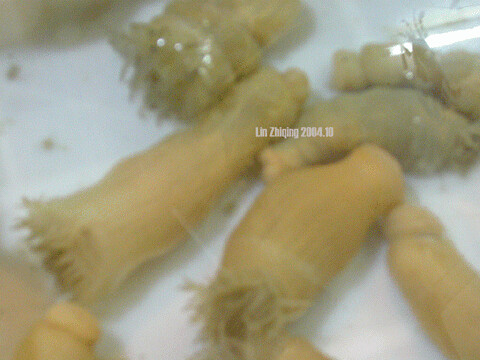
没烧成汤前海参挺大个,烧了全缩成一团
sea cucumber
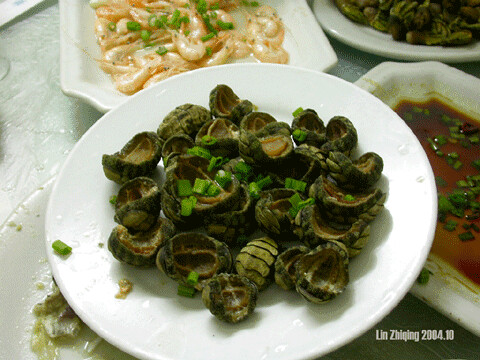
这个叫什么海鞋底?不记得了,反正是因为长得象鞋底,我觉得象大个的西瓜虫。不好吃,吃起来很麻烦,要把外面都仔细剥掉,贵。纯属好奇。->日本花棘石鳖 Liolophura japonica 2012.11.28
The one named something like shoe bottom, for the shape similar
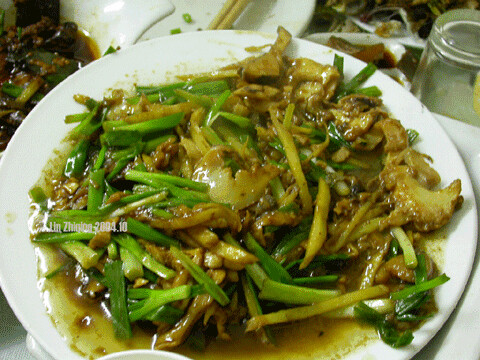
蒜苗炒螺肉,非常好吃
Delicious snail
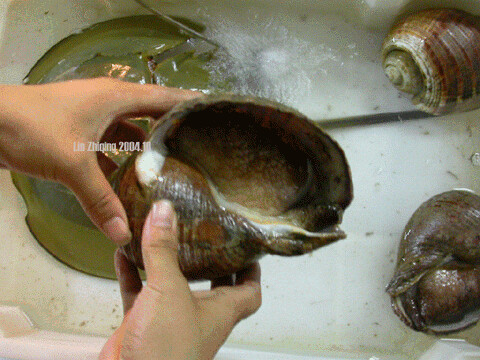
挺大个的海螺
Snail
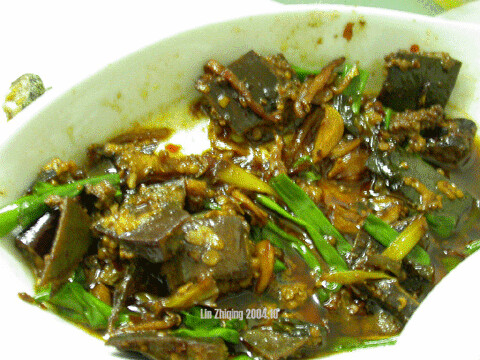
Hang(鱼阿,说是这两个合起来写,不知道听错没有),炒了是这个样子,一片一片的,里面都是籽
The one after cook
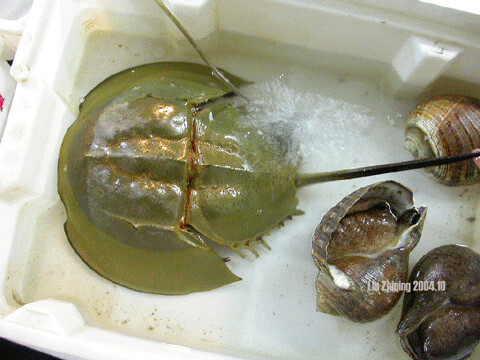
其实样子是这样的,很威风
Before cook
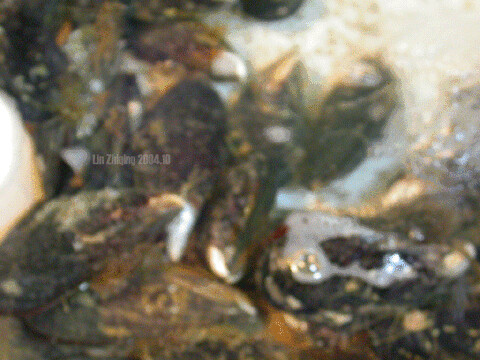
淡菜(?这么写吗)的朦胧照
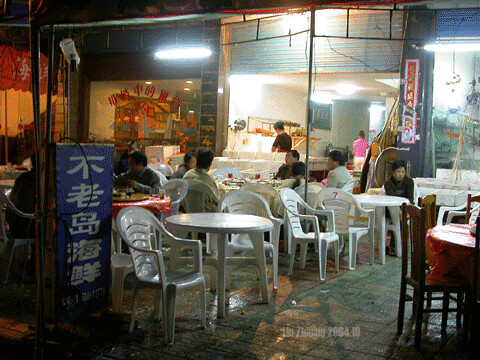
不老岛海鲜
'Never Aging Island Seafood'

那天中午遇到的小猫,在吃鱼骨头,好吃阿,我们也有同感
Cute cat happy with fish bone in noon sunshine
图片在石浦海鲜
-----------------------
原来你在宁波找补回来海鲜了。
贝壳类的我和nino最爱!!
狂吃各类海产的今年夏天阿! 还在流口水阿。。每当我和nino再一次再一次说起时候。。掐者手指头数:竹节虾,,软螺,,海砺子,,扇贝,,蛏子,,蛤蜊,,OMG,,都翻着眼珠无限怀想。。。
螃蟹自然有的,但我们都嫌烦不吃。
那个长相奇特的“将军”,只有老爸会读,我听了几遍还是没记住。不好吃吧?
有仔的会好吃么?口感不好吧?
另外,似乎该是conch, mussel,
再另外,这次nino收集了各色贝壳,对照他的知识图片一一叫出了响亮的名字.so,以后注意你吃完后把壳带回。呵呵 (evidence)
评论人:linz 评论日期:2004-11-30 10:33
黉 hong 二声
雌雄总抱一起游,也叫鸳鸯鱼。
评论人:好色乐之 评论日期:2004-11-30 11:03
谢谢好色,总算认识了。:)
嗯,这个大帅哥不很好吃,很一般
是啊,海鲜真好吃。江浙这边也就石浦了,但总还是比不上南方又多又好。
我觉得海瓜子真好吃,新鲜又便宜,炒一盆下酒正好
住在海边真幸福啊
作菜很容易,根本不用动脑子,方正不是蒸就是炒,不用干吗都很好吃
对了,最近公司两次组织聚餐都是吃日本餐
清酒和梅酒
清酒非常淡,我觉得和淡米酒非常相似,应该有些什么香味吧,反正我也不懂。第二次我觉得基本就是米酒。
梅酒很好喝,酸酸甜甜,偏黄色,梅子的果汁味
宁波的那边的应该叫杨梅酒,就是泡在酒里几个大杨梅,也挺好的,味道不错
生鱼片就三文鱼、北极贝比较好吃
日本组的都极力推荐生海星,没觉得哪里好
觉得烤海鱼(半片)很好吃,忘了什么名称
日本人很舒服啊,老吃海鲜
好,以后收集壳。
评论人:乱看 评论日期:2004-11-30 11:34
This post is like a lesson in marine biolology for me :)
The 'shoe bottoms' must be a Mollusk (Snail) from the class 'Polyplacophora', maybe Chiton. I remember them from zoology and palaeontology lessons but haven't seen them by myself. It is astonishing for me to see them in a dish... In German they are called 'Kaeferschnecken' (beetle snails).
I'll try to find out what the animal between the two shells is. Very interesting.
The cat seems to be very satisfied with the sea food. No surprise, it looks delicious.
Denise
评论人:dropin 评论日期:2004-11-30 15:47
Oops, 'biolology' sounds funny ...
;)
评论人:dropin 评论日期:2004-11-30 15:51
恭喜有窝了!这下装修买家具的该有的忙了...要看照片,嘿嘿,先订下了.
评论人:aprilrain 评论日期:2004-12-1 2:33
黉, 黉门学子的黉?怎么我记得店里的标签上都是同样的字头,却加个鱼字替代黄?这个东西我是害怕的,不知英文名称叫什么,等结果吧。
评论人:linz 评论日期:2004-12-1 11:23
I showed your pictures to my colleagues at university. They were very surprised that limulus (the crab with the long tail) and polyplacophora can be eaten.
They said, the 'sea cucumber' is a kind of polyp; sea cucumbers look different. But none of them had an idea what the green thing between the shells ('sea animal living on sea rocks') could be. We finally agreed: it must be the claw of a dragon! ;)
Denise
评论人:dropin 评论日期:2004-12-1 17:45
哈哈,这下有结论了:
Limulus:
鲎 hòu
鲎鱼。亦称中国鲎、东方鲎 [horseshoe crab]。剑尾亚纲,特别是鲎目节肢动物的通称。有一个宽的新月形的头胸甲,在背面有一对大的复眼及两单眼,腹面生出六对步足,中部具一口,有一短小的腹部,腹部与头胸甲有关节相接,腹节愈合成一片,游泳足上附着扁平叶片状鳃,有一长而硬的可动关节的尾剑。如:鲎帆(鲎鱼的脊背);鲎杓(用鲎壳制成的杓子);鲎媚(鲎鱼的别名);鲎樽(用鲎壳制成的酒杯)
[方]∶虹的别称 [rainbow]
鲎
(鱟)
hòu
ㄏㄡˋ
节肢动物,甲壳类,生活在海中,尾坚硬,形状像宝剑。肉可食:~帆(鲎腹部甲壳可以上下翘动,上举时,称“鲎帆”)。
〔~虫〕节肢动物。俗称“水鳖子”、“王八鱼”。
方言,虹。
郑码:VDWR,U:9C8E,GBK:F6D7
笔画数:13,部首:鱼,笔顺编号:4434535251211
Thank you, Denise. We have some problem about how to write the Chinese name of Limulus. As you may see, that word is very complicated. :) Now, mapping back from Limulus, I get a long long description in dictionary.
Yes, it can be cooked. Almost each seafood shop provides it. And said it is very good to health.
Actually I also dont think it is sea cucumber, but I just cant recall what it is the name. Em, my brain power all focuses on eating at that time. By the way, it is delicious.
The 'shoe bottom'. I think it looks like bettle very much in the first glance. One small common bettle is almose the same style, it likes to roll into a ball whenever in problem, we call it 'watermellon bettle'. But when the seller said it is called shoe bottom, I agreed at once. Because if look from the abdomen, it just like a shoe bottom. :-D
Yes, it is edible. And is expensive, the same degree as the one living on rock. I suppose it is hard to collect them.
But it is troublesome to eat, you should get rid of the shell, clear the outside line arround the shoe bottom (muds arround the shoe), then it is ready for eat. Em, it tastes so so, in our opinion, comparing with the trouble to make it ready.
About the one on rock. Now I think I should take more detailed photo for it, such as the shell opened, the internal. I saw it living on sea side rocks before. So I didn't pay too much attention to it.
We called it: Fo Shou, that is the hand of Budha
Actually there is a fruit also with the same name: Citrus medica L. var. sarcodactylis Swingle. It is a yellow hand of Budha with fragrance.
This sea food one also called: hand of tortoise, calligraphy brush support (the green mountain like shape similar to the brush support)
the brown part beneath the green shell fixes itself hard into the rock slot. It is very powerful. The island people told us it is a expesive sea food. So I tried to pull it out, no luck. Very strong musle it has.
I tried to search out the English name for it, but, all information is good suggestion to taste it if you go south China seaside. :)
Well, it is a kind of Cirripedia
It looks like shell kind, but said it is more close to crab and shrimp.
The green part is 2 shells. This pic maybe more clear.
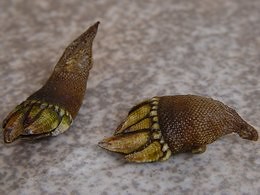
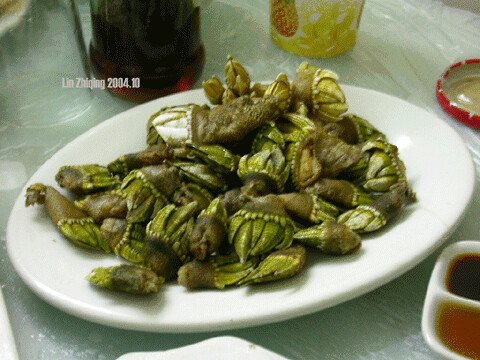
评论人:乱看 评论日期:2004-12-2 9:30
Thanks for your information about the 'hand of Buddha'. The most important hint was: Cirripedia. That was Sebastian's and my suggestion, but my colleagues didn't agree.
Ok, now I know we're right :)
Searching the web for 'Cirripedia' I only find pictures of barnacles. They are very common (e.g. in North Sea), sitting on rocks or shells.
Oh, interesting: searching for 'Fo shou' I find lots of sites (also in German) about Citrus medica var. sarcodactylis. It seems to be a very popular herb.
Yesterday in my zoology course the students were dissecting crayfish. I couldn't help thinking about how Chinese cooks would prepare it. And, of course, how it would taste...
Denise
评论人:dropin 评论日期:2004-12-2 16:26
Crayfish....
Do you mean this one?

Bingo, you are right, we cook it. :-D Well, Chinese eats everything, almost.
For your information, it is a very deliciouse spicy food:

Very popular recent years.
The problem is:
this crayfish (if it is crayfish) eats all dirty things and living in probably poisonous environment, especially when polution goes more. It will bring the accumulated poison to people, possibly. So it is alway a dilemma: Eat it or not?
评论人:乱看 评论日期:2004-12-2 17:12
Yes, very similar to that one. We had Turkish crayfish (Astacus leptodactylus). The colour is greenish brown or blue.
In the past Europeans used to catch and eat crayfish. We have brooks called 'Krebsbach' (crayfish brook), and crayfish can be found on old paintings. Our European crayfish (Astacus astacus) lives in clean water, so it is no problem to eat it. Because of water pollution it became very seldom in nature.
There are restaurants in Germany who offer crayfish (raised in clean water), but I've never eaten it.
Recently different species like Turkish or American crayfish are settling in European rivers and brooks. They don't mind dirty water. I guess it wouldn't be healthy to eat them.
Denise
评论人:dropin 评论日期:2004-12-2 18:53
what is Cirripedia in Chinese?...@-@?
评论人:linz 评论日期:2004-12-3 16:12
allow me to try a translation (as i allow you to laugh)
zhi(1) jiao(3)
the expression relates to to the twig like extremities the animal uses to filter its food out of the water.
actually it is not twig (which is wood) but more a very strong but flexible kind of twig, like blackberry plant. so i suppose zhi(1) does not exactly catch the meaning...
cirripedia is derived from latin:
cir (tendril) (did not find "tendril" in the dict)
pes, pedes (foot, feet)
sorry that i still do not master my input method - need to keep with pinyin.
many regards from sebastian
评论人:dropin 评论日期:2004-12-4 3:39
btw, here are some drawings of "standard" examples for cirripedia (as they live in the oceans around europe), showing the origin of the name:
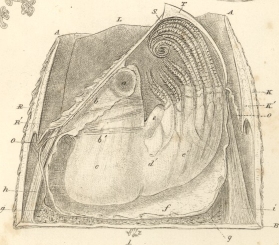
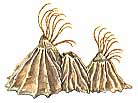
more regards from sebastian
评论人:dropin 评论日期:2004-12-4 3:48
Thank you Sebastian. better understanding now. :)
Let add some Chinese information get from net:
甲壳纲(crustacea)
通常头胸部背侧有头胸甲(背甲),具有2对触角的节肢动物。现存约3万种,绝大多数水生,少数栖于陆地或寄生。
根据背甲的形状、附肢及身体分节等特征分5亚纲。
1.鳃足亚纲(Branchiopoda) 大多为淡水小型浮游动物,以悬浮于水中的微型浮游生物为食,背甲或有或无。身体的形态以及附肢等变化较大。如丰年虫(Chirocephalus)、鲎虫(Apus)和水蚤(Daphnia)等。
水蚤是淡水中常见的种类,属枝角目(Cladocera)体侧扁,背面与身体相连、腹面游离。腹部小,常弯曲在胸部下方,无附肢。雌雄异体,常行孤雌生殖,雌性有一孵育囊,夏、秋繁殖最盛,为鱼类天然饵料。
2.介形亚纲(Ostracoda) 是淡水近底部的动物,在海洋中则为大洋浮游生物的组成成分。体小,分节不明显。头部两对触角都很发达。孤雌生殖普遍。如介虫(Cypris)、海萤(Cypridina)等。
3.桡足亚纲(Copepoda) 大多自由生活,为海洋和淡水浮游生物的重要组成成分。少数寄生。体多呈圆锥形,头部往往与胸部体节愈合无复眼,体表一般无背甲,腹部无附肢,借头部与胸部附肢动物,如剑水蚤(Cyclops),为各种淡水水域最常见的种类;华镖水蚤(Sinocalanus)是海洋常见的种类。寄生的种类如寄生鱼鳃和皮肤上的中华鳋、锚头鳋(Jernaea)等,对鱼类危害比较严重。
4.蔓足亚纲(Cirripedia) 全部海生,成体固着生活,背甲变成含石灰质的外壳,包被体或全身。头部不明显,一般为雌雄同体。如藤壶(Balanus)、石砌(Pollicipes) 等。寄生于蟹腹部的蟹奴(Sacculina)整个身体极度简化,形成一无分节的囊,以根状突起伸入宿主内吸取营养。
5.软甲亚纲(Malacostraca) 身体一般较大,体节和附肢数均有一定。头部与胸部或一部分胸部体节合成头胸部,通常具背甲。绝大多数水生,淡水、海水均有分布,如虾、蟹、虾蛄 (Squilla)、糠虾(Mysis)等等,少数过渡到陆栖生活,如鼠妇(Porcellio),也有极少数寄生种类,如鱼怪 (Ichthyoxenus)。
常见的虾、蟹大多属软甲亚纲、十足目,不少具有很大的经济价值。
如对虾 (Penaeus orientalis)为十足目(Decapoda)、对虾科(Penaeidae),体大,侧扁。表面光滑,甲壳薄。头胸甲有触角刺、肝刺及胃上刺。腹部有纵脊。尾节末端尖。前3对步足钳状。后2对步足爪状。体青蓝色,胸部、腹部肢体略带红色。生活于浅海泥沙底。以小形甲壳类、软体动物的幼体或矽藻为食。产卵期4月至6月。夏初孵化至秋末,体长与亲虾相似。分布于中国黄海、渤海及东海海域。
许多甲壳类是重要的浮游生物组成部分,如丰年虫、水蚤、剑水蚤、华镖水蚤等为鱼、虾的饵料。
中国的虾、蟹种类很多,其中最著名的如对虾和中华绒鳌蟹等,已进行人工养殖。
I think you mean '枝脚’
I agree this one sounds more dirrect. But maybe for some historical reason (for example, the first translator prefers), the technical name is '蔓足’(man zu), tendril/vine foot (see! exact tendril! :))))
Em, now I see why people say this insteresting one is cirripedia...
after open the two green shell, inside there are a lot of feet/hands.
It is interesting, the shell looks like a plant (like green bamboo shoot). Then when found out it is not plant, actually a shell. But it is not belong to those shellfish. Actually a cirripedia!
Very cool.
评论人:乱看 评论日期:2004-12-4 10:24
you are right, those (枝脚) where the ones i wanted to write.
still i think '枝' is not really OK, and '蔓' expresses the idea better.
why? well, you can expect twigs to break, but not tendrils. and when you look at the legs of cirripedia, you will find they are not stiff, but kind of flexible. more like tendrils indeed.
concerning foot - what is the difference between 脚 and 足 ???
asks sebastian, the curious.
评论人:dropin 评论日期:2004-12-4 16:57
and some more totally suporfluous information.
when seeing 十足 i thought of the other animals with 10 feet. because i like 'mo(4) you(2)' better - as a dish....
sebastian (who else)
评论人:dropin 评论日期:2004-12-4 17:28
Actually we never say '蔓足’in daily life. So when I hit this word after searching, I can't get any idea about what does it mean and thought: well, it is a professional noun, so it's as in-understandable as possible. No sense to think more about it.
But after some discussion about cirripedia, and check '蔓' in dictionary, I am astonished: it is so strictly mapped! So, the one translated that really worked hard at that time....
About 脚 and 足,actually there is no difference if you mean 'foot' for them. The only tricky is, 脚 is for daily life using, oral, informal. And 足 is formal, for essay usage. As 'cirripedia' is a technical name, so it is translated into 足 to have a scientific air, more solemn. If translated into '蔓脚', it will feel a little like a nick name (well, actually no such hard nick name at all).
But as most of Chinese words, they each has different meaning if you use it in other sense.
So actually in daily life, 十足 means 'very much', to emphasize.
十,ten, in chinese ten means full, perfect. for example, 十全十美,as perfect as possible (ten full ten beautiful)
足,means fully filled, enough.
so 十足 means very much, for example 神气十足,means showy/pround/swollen-headed/stuck-up very much.
But for Decapoda (十足目), 十足 just means ten feet word by word.
By the way, is there difference between poda and pedia? Why some is poda, some is pedia?
Em, do you mean ‘墨鱼’for mo you?
It should be mo4 yu2 (actuall, u should with omlet), cuttle fish.
Yes, 泡椒墨鱼仔 is a delicious dish...
The direct translation of the dish: soaked (with salt) chilli cuttle fish babies. ( :-! seems cruel, babies... I should use small cuttle fish) Em, it is a very good dish.
评论人:乱看 评论日期:2004-12-5 12:34
Yes, the inside feet of Fo Shou is exact the same as the last black illustration you provided.
评论人:乱看 评论日期:2004-12-5 12:44
嗯,好色说的鸳鸯鱼是对的:
鲎的长相既像虾又像蟹,人称之为“马蹄蟹”,是一类与三叶虫 (现在只有化石)一样古老的动物。鲎的祖先出现在地质历史时期古生代的泥盆纪,当时恐龙尚未崛起,原始鱼类刚刚问世,随着时间的推移,与它同时代的动物或者进化、或者灭绝,而惟独只有鲎从4 亿多年前问世至今仍保留其原始而古老的相貌,所以鲎有“活化石”之称。
每当春夏季鲎的繁殖季节,雌雄一旦结为夫妻,便形影不离,肥大的雌鲎常驮着瘦小的丈夫蹒跚而行。此时捉到一只鲎,提起来便是一对,故鲎享“海底鴛鴦”之美称。
鲎有四只眼睛。头胸甲前端有0.5毫米的两只小眼睛,小眼睛对紫外光最敏感,说明这对眼睛只用来感知亮度。在鲎的头胸甲两侧有一对大复眼,每只眼睛是由若干个小眼睛组成。人们发现鲎的复眼有一种侧抑制现象,也就是能使物体的图像更加清晰,这一原理被应用于电视和雷达系统中,提高了电视成像的清晰度和雷达的显示灵敏度。为此,这种亿万年默默无闻的古老动物一跃而成为近代仿生学中一颗引人瞩目的“明星”。
鲎的血液中含有铜离子,它的血液是蓝色的。这种蓝色血液的提取物——“鲎试剂”,可以准确、快速地检测人体内部组织是否因细菌感染而致病;在制药和食品工业中,可用它对毒素污染进行监测。
此外,鲎的肉、卵均可食用。
鲎,属节肢动物,肢口纲。在3亿中前的泥盆纪末期,鲎就问世了,堪称海洋里的远古遗民。鲎是用鳃呼吸的节胶动物,目前世界上仅有4种:中国鲎、美洲鲎、马来鲎和圆尾鲎。
鲎的外形酷似一把秦琴,全身分为头胸甲、腹甲、剑尾3部分。剑尾酷似一把三角刮刀,挥动自如,是鲎的防卫武器。鲎的嘴巴长在头胸甲的中间,嘴边有一对钳子似的小腿,帮助摄取食物,嘴的周围长有10条腿。雌鲎的4条前腿上,长着4把钳子,而雄鲎却是4把钩子。原来雄鲎总是把钩子搭在雌鲎的背上,让雌鲎背着它四处旅行。鲎的胸腹甲交接部长着一片片像桨一样的腹肢,用来游泳,同时,也是它的呼吸系统。鲎一旦被逼离开海水,要经过好几大才死,比蟹类有更强的生命力。
丑陋而懒惰的鲎,对“爱情”却很专一,雌雄鲎一旦结为“夫妇”便形影不离。肥大的雌鲎背驮着比它瘦小的雄鲎,蹒珊爬行,它们成对地在潮间带浅滩上筑巢做窝。雌鲎从两个生殖孔中同时排出数以万计的绿豆大小的卵,这时,雄鲎也开始排精,使鲎卵在体外受精。受精卵在沙地借助太阳能,日渐发育成熟,四五十天后,小鲎便被卵而出,然后像螃蟹那样,随身体的发育一次次把旧皮脱去。这是一个艰难的生长过程,要经过好几个寒暑,一只拇指大小的幼鲎才能长为一只成年鲎。
说它有四只眼,我一只也没看到。。。 :(
Said Limulus has 4 eyes, I saw none of them...
评论人:乱看 评论日期:2004-12-5 12:54
谢十足
(although i have the strong feeling this is again incorrect....)
the difference between "pod" and "ped". this one is tricky, and many people are not aware of it. 'pod' stems from the greek language (pous, podos), 'ped' from latin. in the western scientific tradition, both languages are used to give names. in older times both languages were regarded to be essential for every scientist, so these were used as common reference each scientist will understand.
of course times have changed, and sometimes people want to give scientific sounding names, not knowing exactly that there are two different (real) languages behind the (virtual) "scientific" language. and then it happens - a non-word is created, mixed from both languages.
a very famous example is: "hexadecimal"
hexa is greek, meaning six (6, 六)
decimal is derived from latin referring to ten (10, 十)
putting them together is actually simplpy wrong -- correct would be "sedecimal" (latin) or "hexadekadic" (greek). but people got used to the "wrong" one in the meantime.
limulus has 4 eyes, but they are very very small. let's wait for denise to explain it in more detail.
Sebastian
评论人:dropin 评论日期:2004-12-5 19:37
just noted: last night there was an earthquake (5.4 richter) in southern black forest.
the epicenter was close to freiburg.
but no severe damages, no injured people.
and i simply slept.
评论人:dropin 评论日期:2004-12-5 19:51
Here are drawings of limulus showing the position of the eyes:


Limulus polyphemus ©
Horseshoe Crab
The 2 compound eyes on the sides are bigger and easier to find; the 2 ocelli are very small and close together at the front of the head.
A compound eye is the highly developed eye of arthropods (crabs, insects). Here is a site with a good explanation:


The Compound Eye
An ocellus is a very simple eye, it only can distinguish between light and dark/shadow.
Denise
评论人:dropin 评论日期:2004-12-5 22:37
Thanks, sebastian and Denise.
Em, next time I will check the eyes if I meet it somewhere again. Interesting.
No, 谢十足 is not correct.
Emm, I didn't tell you actually 十足 has a very slight negative sense. And it is used with some fixed words. So it can't be used just as 'Thank you very much'.
Instead, you can use 多谢 (Many thanks) or 十分感谢 (very much thank you)
The negative sense can see more apparent in the following example:
他是个十足的恶棍
He is a totally rascal.
评论人:乱看 评论日期:2004-12-6 16:34
:-)
see, i got a presentiment....
sebastian says thank you very much for your explanation.(still i have a problem to understand the negative air of ten feet)
评论人:dropin 评论日期:2004-12-6 20:06


















